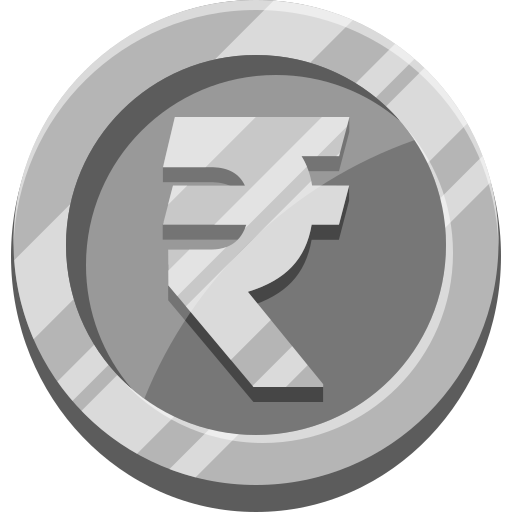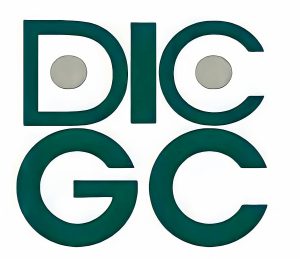Accounts and Deposite
A savings account is a type of deposit account offered by banks and other financial institutions that allows individuals to store money while earning a small return on their deposits.
- Savings accounts typically give a variable interest rate on deposited funds.
- Interest is frequently accumulated on a monthly or quarterly basis.
- Savings accounts offer convenient access to funds, allowing account users to withdraw funds at any time.
- Certain accounts may have monthly limits on the maximum number of withdrawals or transfers allowed.
- Some savings accounts may require a minimum balance to open and avoid monthly fees.
- Account holders receive regular statements, either electronically or by mail, summarizing account activity, interest earned, and current balances.
- Joint savings accounts enable multiple individuals to manage and contribute to the account.
Requirements for creating an account:
- Account opening form duly completed
- Photocopy of PAN Card
- 2 Photographs
Documents required :
- Aadhar card/ Passport / Driving License/ Election Card
- Election Bill/ Telephone Bill/ House Bill
- The government issued and published valid documents.
A current account, also known as a checking account in some areas, is a type of financial account that banks and other financial institutions provide. It is intended for frequent and daily transactions.
- Current accounts typically do not pay or pay only a little amount of interest on deposited funds. They are mostly used for transactions.
- Current accounts offer a high level of liquidity, allowing account users to withdraw funds at any time using a variety of ways like as checks, debit cards, and online transfers.
- Current accounts, unlike some savings products, do not have fixed terms.
- Checks are frequently accepted with current accounts, making them a simple way to make payments.
- Current accounts often provide online banking services, allowing account users to manage their accounts, see transactions, and conduct various banking operations via internet or mobile banking platforms.
- Account holders can normally withdraw monies from ATMs using a debit card linked to their current account.
- Banks may charge fees for current account services such as monthly maintenance fees, transaction fees, and overdraft costs.
Requirements for creating an account:
- Account opening form duly completed
- Photocopy of PAN Card
- 2 Photographs
Documents required :
- Aadhar card/ Passport / Driving License/ Election Card
- Election Bill/ Telephone Bill/ House Bill
- The government issued and published valid documents.
A recurring deposit account is a type of term deposit given by banks and financial institutions that allows individuals to deposit a fixed amount of money into the account on a regular basis, usually monthly. This sort of account encourages disciplined saving and earns interest over the deposit period.
Fixed Monthly Deposits: Account holders are required to make fixed monthly deposits into the recurring deposit account.
Fixed Tenure: Recurring deposit accounts have a predetermined maturity period, typically ranging from 6 months to 10 years.
Interest Rates: Recurring deposit accounts earn interest at a fixed or variable rate, depending on the bank’s policies. Interest rates are generally lower than those offered on fixed deposits.
Fixed Monthly Installments: The account holder is required to make a monthly recurring deposit of a fixed amount.
Nomination Facility: Account holders can nominate a person to receive the maturity amount in case of their demise.
Requisites :
- Duly filled account opening forms
- Photocopy of PAN Card /Duly filled form
- 1 photo of signatories
Documents required :
- Aadhar card/ Passport / Driving License/ Election Card
- Election Bill/ Telephone Bill/ House Bill
- The government issued and published valid documents.
When a bank customer dies, the process of settling the deceased’s accounts is complicated. The specific procedures can differ depending on the jurisdiction and the financial institution’s rules.
- Notify the Bank: The first step is to notify the bank that the customer has died. This can be done by the deceased’s family members, legal agents, or the executor of his or her estate.
- Provide Necessary Documentation: To continue, the bank will usually want the following documents:
Death certificate: Typically, a certified copy of the death certificate is required.
Identity verification: The individual settling the account must provide verified identification.
Legal documentation: These documents may be required if there is a will, probate, or letters of administration. - Freeze the Account: Once the bank is alerted, the deceased’s accounts may be frozen to prevent unlawful activities.
- Identify the Beneficiary or Legal Heir: The process may be sped up if the deceased named a beneficiary for the account. Otherwise, the estate’s lawful heir or executor may need to be named.
- Account Closure or Transfer: The bank may close the account, move the funds to another account, or take other suitable actions depending on the circumstances and the instructions supplied.
- Settle Outstanding Debts: The deceased’s assets may be used by the bank to settle any outstanding debts with the institution, such as loans or overdrafts.
- Close Safe Deposit Box: If the deceased had a safe deposit box with the bank, the bank will explain how to access and close it.



 Registered with DICGC
Registered with DICGC


